Future Preparedness
Methods to shore up resilience amid mounting polycrises.
Excerpts gleaned from Enacting Futures in Postnormal Times, A Futurist’s Fieldguide, and The Art of Futuring.
How to live with contingencies? How to reconcile the urgency of acting in the present while accounting for the long-term consequences of your actions?
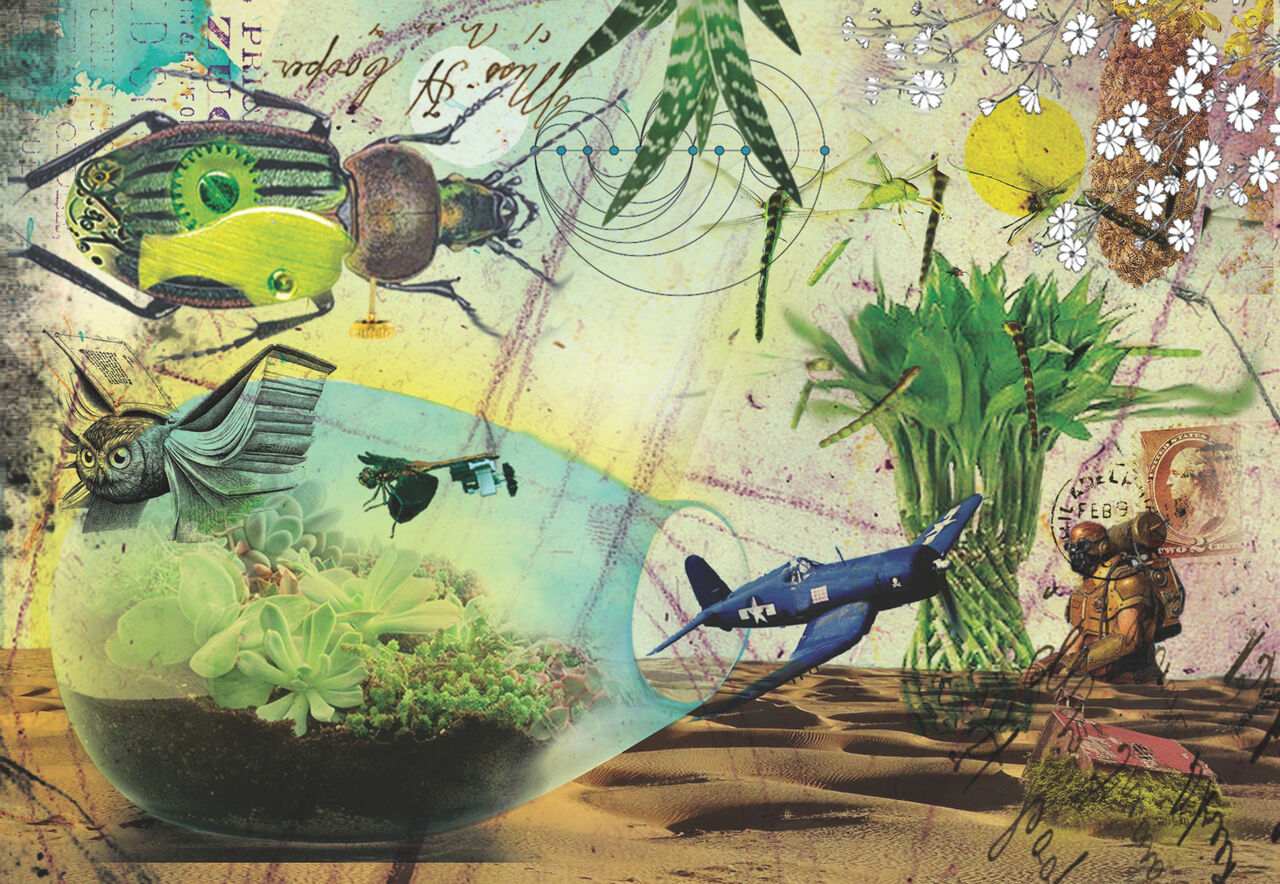
Whether you live in a country driven by exponential growth (amid deteriorating ethics and infrastructure), and/or in a region wracked by conflict and natural disasters, contingencies seem to be escalating for individuals and societies alike. It is possible (even likely) that you can no longer rely on the standard blueprints and operating procedures passed down by generations of priests, cabinet ministers, or credentialed experts. The future can unfold like a kaleidoscope, shattering the hardened polarities that would set business-as-usual as foil for an inevitable apocalypse. You may be forced to improvise, making things up as you go along.
Yet amid perpetual polycrises and the mounting disruptions of the near-now, living from one day to the next is not a viable option. If we collectively are unable to make substantial, sustained changes, the Earth may not remain hospitable to humans. Though the facts and many of the tools to transform the unsustainable present exist, it remains uncertain if we Humankind will manage to make necessary changes in time. Those working with futures bear Cassandra’s curse: even equipped with peer-reviewed data and meticulous models, their warnings may still pass unheeded.

For futures work to make a difference in the lives of the people involved, it might have to be transformed from a noun to a verb — from futures to futuring. As a verb, futuring captures the committed, proactive attitude required when engaging with the unknown. It calls attention to futures emerging from the accretion of changes small and large. It brings the vast potential of futures within everyone’s reach, making the future appear as plural and pliant as it really is.
Futuring can make living with contingencies a more navigable process. While it cannot predict the future, it can reveal some possible paths. Then, you have to walk the paths yourself. Certainty Ltd.

Future is large. Future contains multitudes.
Making the multiplicity of futures visible and accessible for discussion can help investigate which paths to take. With all Caveats, A Gonzo Futurish Manifesto, Dimensions of Experience You can design roadmaps to understand how to get from here to there While keeping in mind that the roadmap itself could disintegrate at any moment.. There are many different ways that futures are studied and practiced today. How to Future, a book from Changeist, for example, is a comprehensive introductory guide to futuring in the real world; FoAM’s Futurist Fieldguide is our workbook-in-progress, collecting futuring aptitudes, methods, and techniques, stress-tested in real-life situations, accessible and editable by anyone interested in experimenting with futuring in practice. Though none provide a linear path to a single solution, they can help with letting go of an unsustainable present or feeling overwhelmed by future (im)possibilities.
Talking about futures is not enough to guarantee appropriate action, but becoming aware of the multiplicity of futures — and the possibilities of influencing the course of your own life — lays the foundation for a more widespread future preparedness.
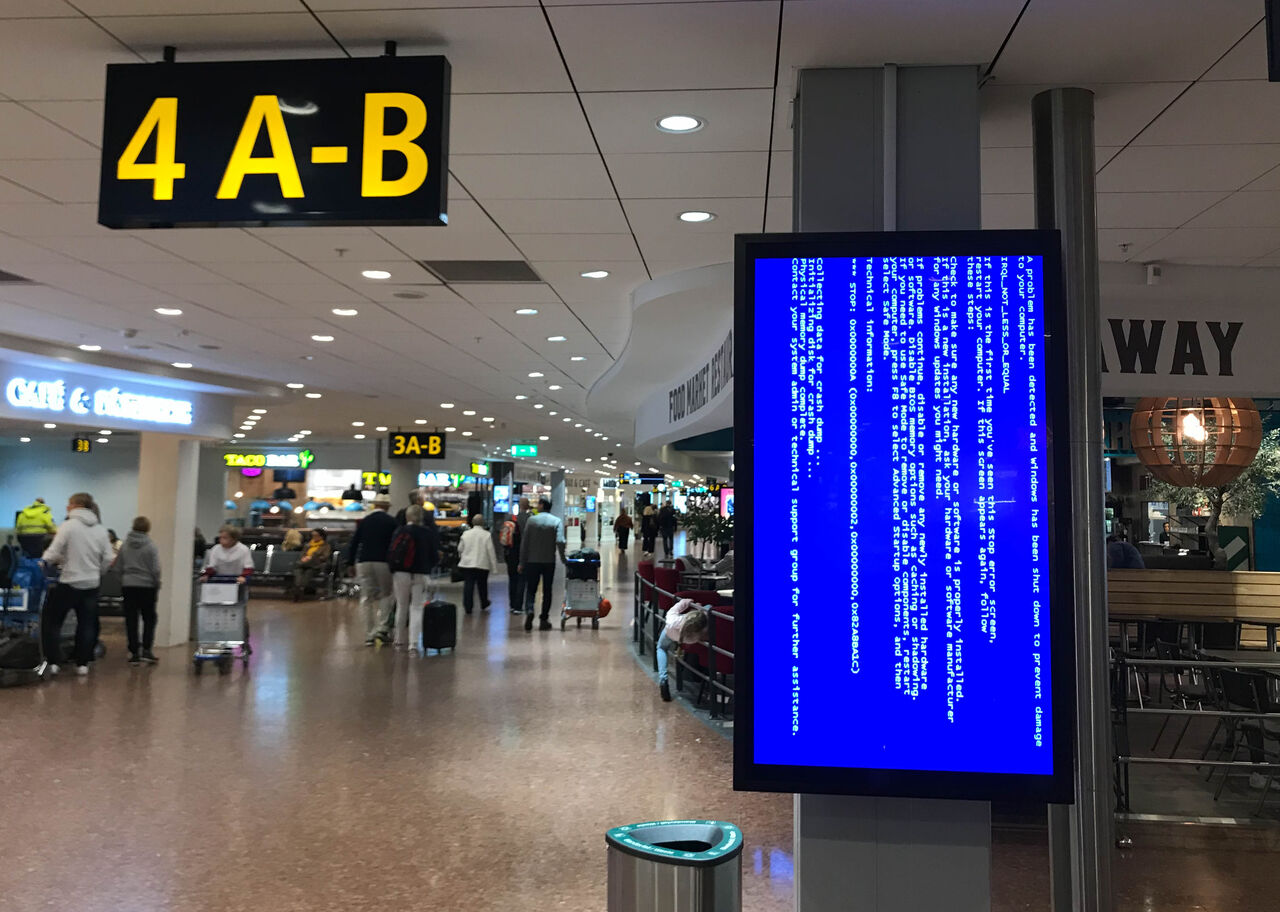
Preparing for a multiplicity of futures
I prefer the term “global weirding,” because that is what actually happens as global temperatures rise and the climate changes. The weather gets weird. The hots are expected to get hotter, the wets wetter, the dries drier and the most violent storms more numerous.
Preparing for uncertain futures may seem like a contradiction in terms, yet this mindset is essential to face the global weirding, the economic and social crises which threaten to disrupt our best-laid plans. Future preparedness calls for a familiarity with manifold visions, scenarios, models of change, and the ability to navigate between them. A clear vision is not enough. It is as important to clarify what responses to change might be appropriate, for whom, when and where. Being prepared for manifold futures requires balancing long-term visions with short-term responses. Such as maintenance, adaptation, resilience, or revolution
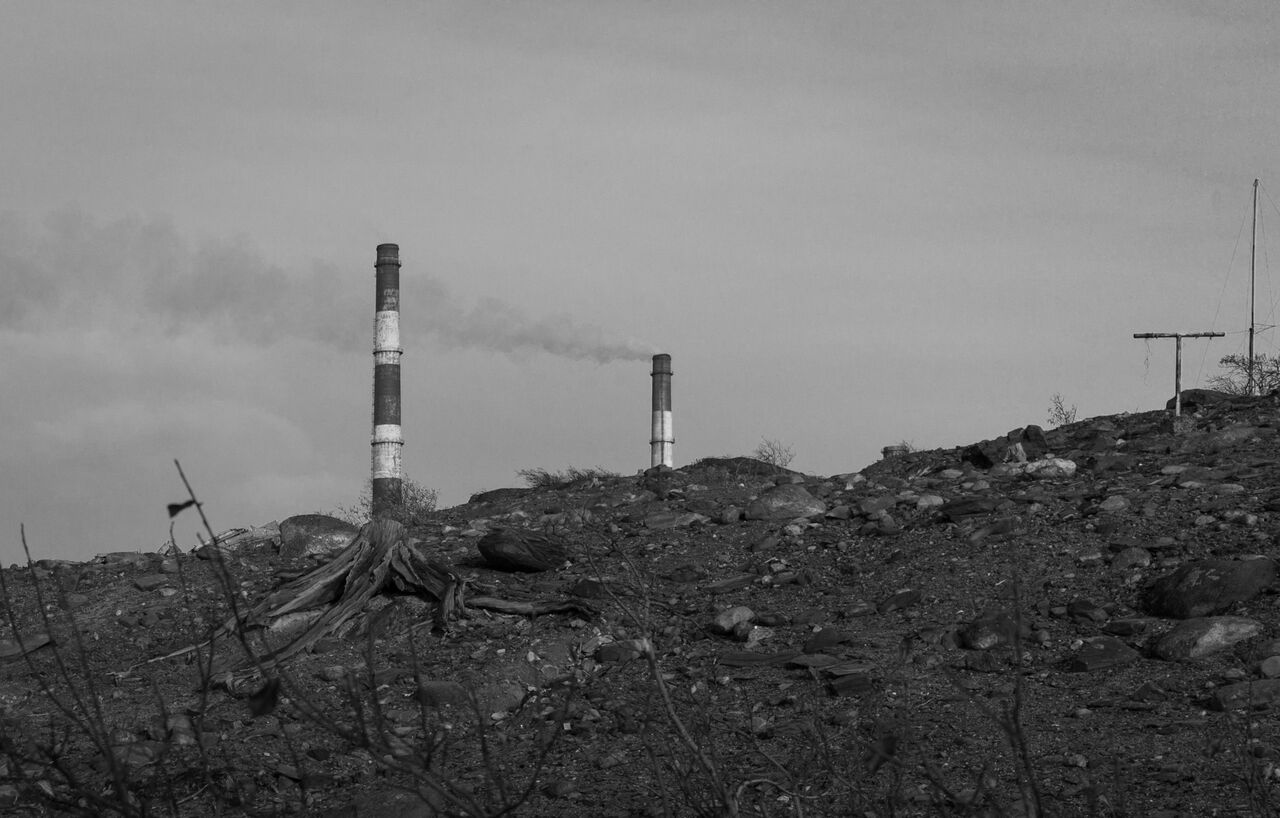
How to keep preferred futures alive while responding appropriately, in a present that might be hostile to our preferences? A preferred future is similar to what Whitehead calls a proposition: a lure for feeling the world that might be.
Since the world we inhabit may not yet be ready to entertain such a proposition, we must actively forge the conditions under which it might begin to.
We might need tighter feedback loops between vision and adaptation, ideas and experiences. Knowing how to discuss, prototype, and test multiple futures Using iterative, situated, scientific and artistic techniques, for example. in everyday life can encourage a non-deterministic attitude needed for future preparedness. Continuously adapting visions of preferred futures to the changing circumstances in the present (and vice versa), is what we call visionary adaptation. The capacity for visionary adaptation can help us forge favourable conditions amidst overwhelming contingencies.
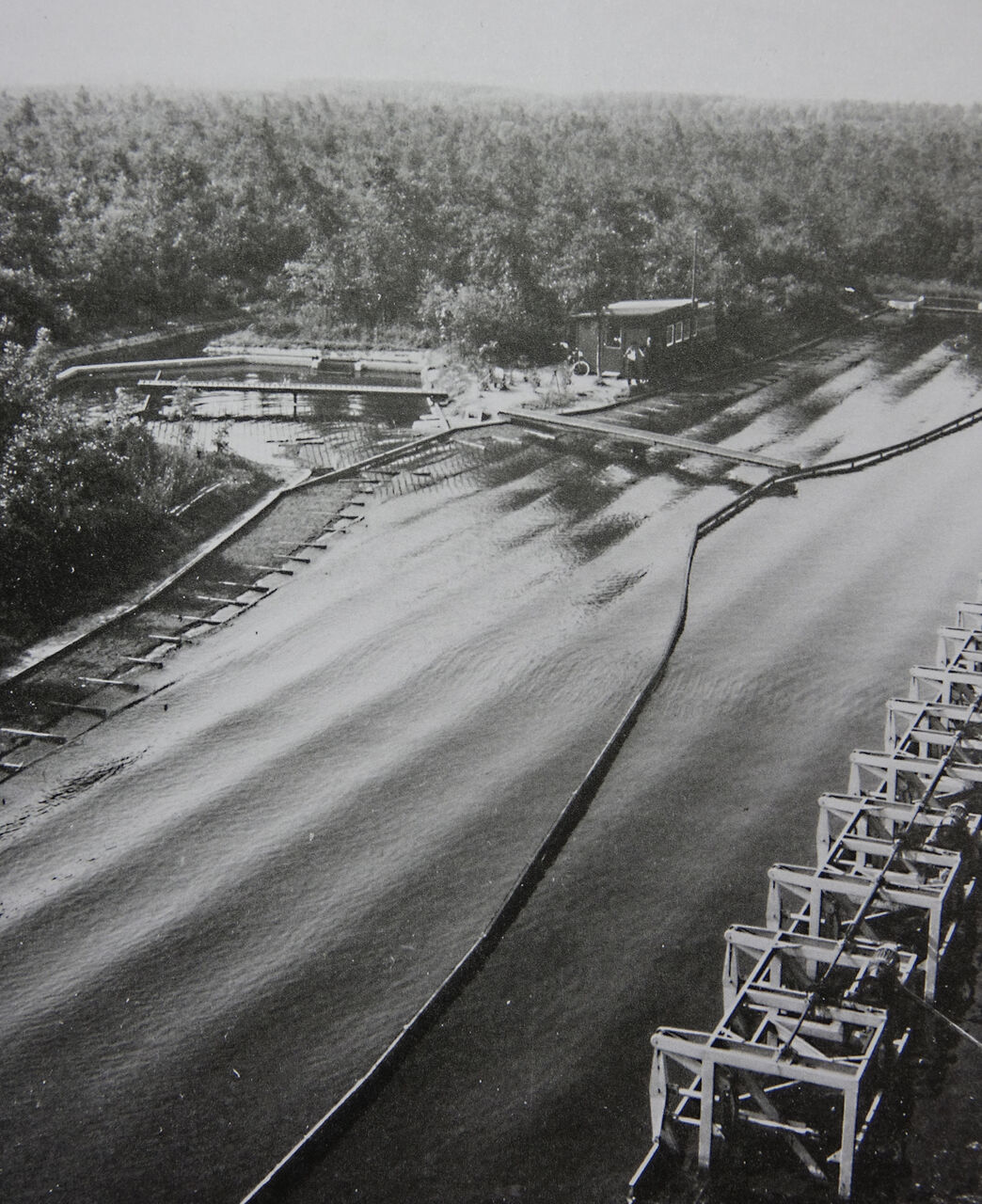
There are responses to living with contingencies that go further than adaptation or resilience, reaching towards antifragility. Read more about robustness, probability, fragility, and risk in Antifragileby Nassim Nicholas Taleb. An antifragile system grows stronger when faced with uncertainty and adversity. For example, the media service Netflix An early twenty-first century moving picture distribution company uses their Chaos Monkey...a tool that randomly disables our production instances to make sure we can survive this common type of failure without any customer impact. —Yury Izrailevsky & Ariel Tseitlin to stress-test their infrastructure, in the hope of preventing catastrophic failure. By building a server architecture that expects failure, the system as a whole can learn how to withstand bigger and tougher obstacles even if they don’t know exactly when or how they will occur in real life.

Chaos Monkey is to server infrastructure as disaster drills are to social systems. Usually organised by military or government agencies in charge of disaster response, examples include the NNNI (Ništa Nas Ne smije Iznenaditi, or Nothing May Surprise Us) drills in the former Yugoslavia Organised by the nationwide Societal defence and self-protection(Općenarodna odbrana i društvena samozaštita, ONO i DSZ). , or the zombies used by the CDC in the United States to raise awareness of the need for hazard preparedness. These drills are developed to inculcate necessary skills and attitudes required to respond quickly in a crisis situation, such as a war or pandemic. The idea is not necessarily to prepare for a specific disaster scenario, but to cultivate behaviours, insights, and reflexes applicable in catastrophic situations. Skills can be learnt, tactics and strategies memorised, but they can only be tested in complex, messy situations as close as possible to reality. During disaster drills, participants are required to act, react, and improvise, playing out responses to a possible future. Not only do they learn what they can and can’t do, they also experience their emotional, physical, and mental reactions, learning from the experience.
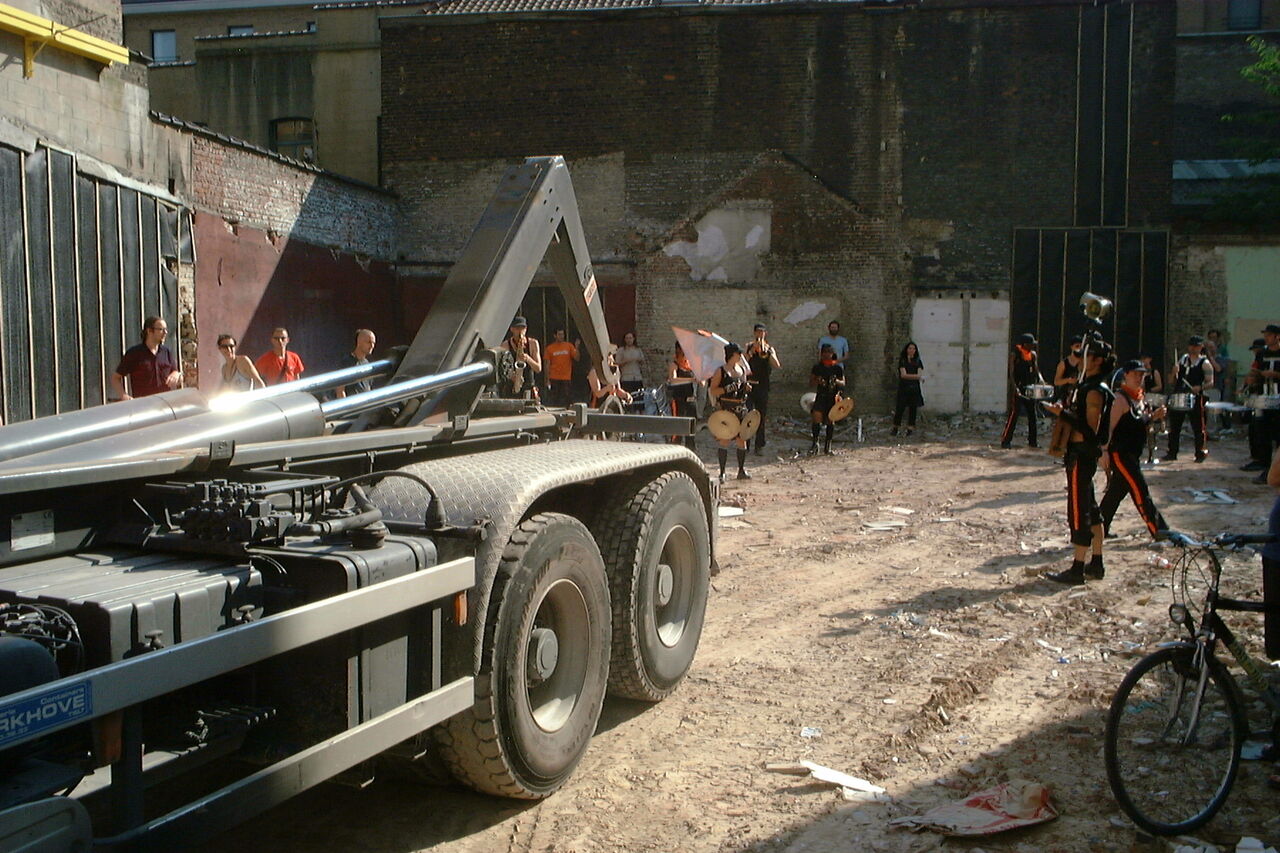 Infernal Noise Brigade, Brussels (2005)
Infernal Noise Brigade, Brussels (2005)
Though disaster drills are now well-established techniques to bolster preparedness in crisis situations, there are few examples of preparedness exercises for other, perhaps less dramatic futures. Disaster drills may be effective for imparting short-term tactics, but rarely engage with more complex long-term visions. War games and military simulations can be used to teach strategy and planning, but are less accessible for civilians.
Drills designed for a broader future preparedness are more akin to role playing games than war games. They are exercises where the focus is as much on the care, repair and regeneration of the present as on mitigation, radical alternatives and forward-looking innovation. The participants train to inhabit multiple timelines, going back-and-forth between their images of the future and the conditions at hand. They incorporate a multiplicity of futures (preferred and otherwise) and a layered approach to time, where multiple versions (and perspectives) of a situation can co-exist.
If a better future was not just possible but probable; if you could have a stake in making it reality; if you could work towards it as a multiplayer movement, aligned behind one shared vision; what would you imagine, support, and build together?
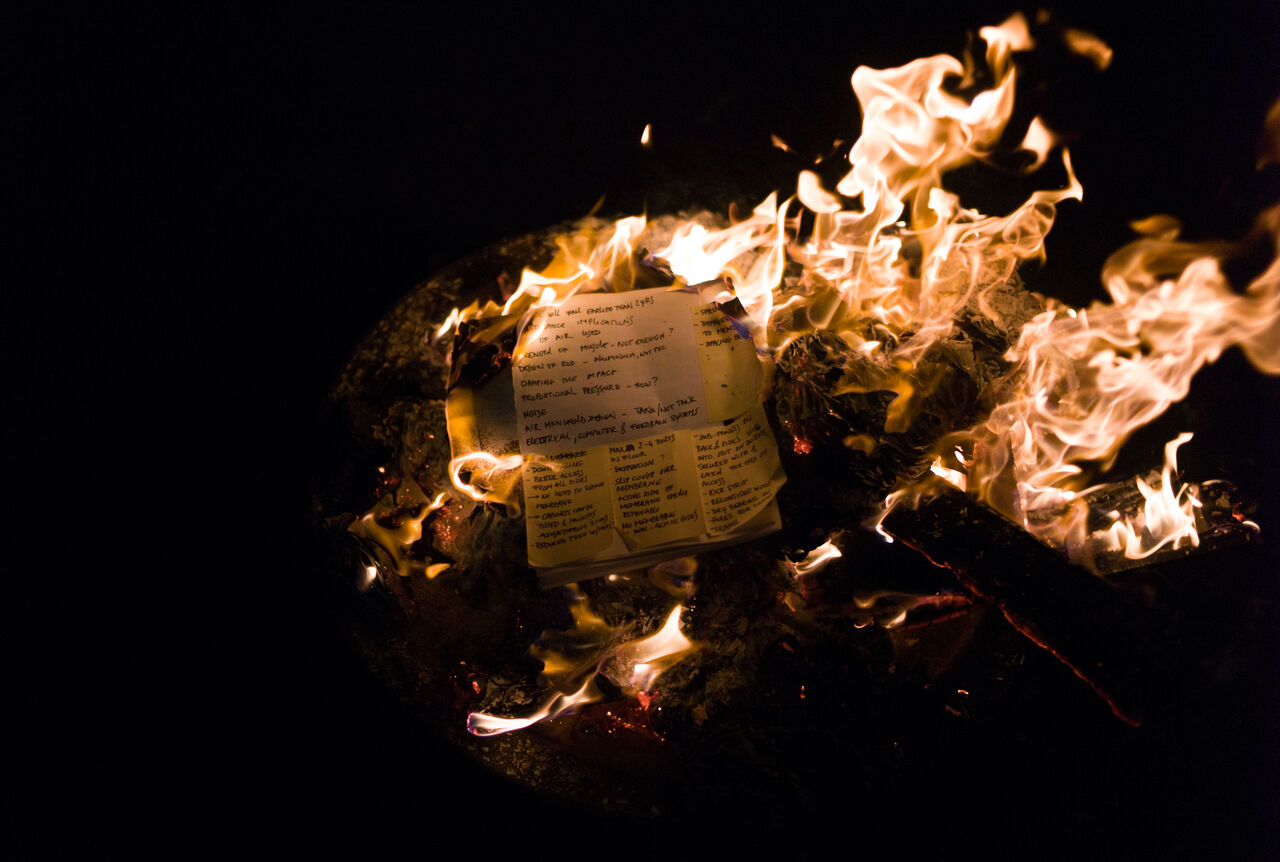
Future preparedness entails being able to act appropriately in crisis situations, but it is also about knowing how to act in situations where there is no clear course of action, where the good and the bad aren’t so clearly delineated. Preparedness for such situations requires a very different set of skills and sensibilities. It involves a much murkier capacity to navigate uncertainty, where future preparedness can be found somewhere on the spectrum between alignment and resistance, resonance and dissonance, vision and adaptation.
Prehearsals and Pre-enactments
You’ve got to learn your instrument. Then, you practice, practice, practice. And then, when you finally get up there on the bandstand, forget all that and just wail.Charlie Parker
🝓
Further reading & references